Got a dog that loses their cool faster than you do in traffic? Well, step into the world of reactive dog training, where patience is a virtue and treats are currency.
If your pup turns into a chaotic whirlwind every time they see another dog, a stranger, or a suspicious-looking trash can, know that you're not alone. So many dog owners struggle with this, but the good news? You can help your furry bestie learn to stay calm.
Reactive behavior isn't about a dog being "bad." It's about big feelings in a small (or large) furry package. The trick is to teach your dog that the world isn't so scary. With the right training, a little know-how, and a whole lot of snacks, you can help them feel more secure and less like they're auditioning for a superhero battle scene. Let's jump in!
What Is Reactive Behavior in Dogs?

Reactive behavior is when a dog overreacts to things in their environment. We're talking other dogs, strangers, loud noises, or even a rogue plastic bag floating in the wind. Instead of staying chill, they might start barking, lunging, or acting like they've just spotted an alien invasion.
But here's the thing: Reactivity isn't the same as aggression. A reactive canine isn't necessarily a mean, dangerous, or aggressive dog. They're simply big feelers who don't know how to process their emotions properly. Some dogs bark and lunge out of fear, others out of excitement, and some because they think they're on security duty 24/7.
The key to managing it? Understanding why your dog reacts and helping them feel safe enough to keep their cool.
Understanding Why Dogs Become Reactive

Dogs don't just wake up one day and decide to bark their heads off at every passing skateboard. Reactive dog behavior comes from somewhere. It's a mix of personality, past experiences, and sometimes even genetics. Some pups are naturally more sensitive, while others learn reactive habits over time.
Think about it like this: If every time you saw a clown, they stole your fries, you'd probably start freaking out at the sight of big red shoes. Dogs work the same way. A negative experience (or lack of good ones) can shape how they respond to the world.
Fear and Anxiety as Triggers
Fear-based reactivity is one of the most common reasons our canine friends lose their cool. When a dog feels threatened, their brain goes straight into fight-or-flight mode. That's when you get barking, lunging, and the classic "I must protect"reaction.
For many reactive pups, this fear comes from bad past experiences, a lack of proper socialization, or a naturally cautious personality. Loud noises, new places, or even a person wearing a weird hat can set them off.
Territorial Aggression and Resource Guarding
Some dogs take the phrase "what's mine is mine" very seriously. If your pup goes full security guard mode when another person or animal gets too close to their stuff—whether it's their food bowl, toys, or even you—they might be showing signs of territorial aggression or resource guarding.
This kind of reactive behavior usually comes from instinct. In the wild, canines had to protect their resources to survive, and some breeds still have that built into their DNA. Other times, it's learned. Maybe they had to fight for food in the past, or they just never learned how to share.
Lack of Socialization and Negative Experiences
If a dog hasn't had enough positive experiences with different people, places, and other dogs, they can end up reacting like every new thing is a potential horror movie villain. Cue the growling, lunging, and full-body panic.
If a puppy isn't exposed to a variety of sounds, sights, and social situations in a safe way, they grow up seeing the world as unpredictable. And unpredictability is scary for them. On the flip side, a dog who's had bad experiences (like getting attacked by another dog or handled roughly) may decide that everyone is out to get them.
Which Breeds Tend To Be More Reactive or Aggressive?
Any dog can develop reactive behavior, but some breeds are naturally more intense. High-energy, intelligent canines—like Border Collies, Belgian Malinois, and German Shepherds—tend to be extra sensitive to their environment. They're wired to notice everything, which is great for working dogs but not so fun when your pup loses their mind over a jogger 50 feet away.
Then, we have bully breeds, guard dogs, and other naturally protective pups. Dobermans, Rottweilers, and Cane Corsos take their security detail jobs very seriously. Without proper training, they might react first and ask questions later.
How To Determine Your Dog's Reaction Level

The trick is to observe your dog's behavior. Does your pup stiffen up? Stop listening to commands? Lose interest in treats? These are all clues to their reactivity level. The more intense their reaction, the more patience and behavior modification they need.
Remember, not all reactive dogs are the same. Some just freeze up, while others go full circus act. Figuring out where your pup falls on the reactivity scale helps you build the right training plan.
What Level of Reactive Is Your Dog?
Before you start training, you need to figure out how spicy your dog actually is. Are we talking mild salsa or full-on ghost pepper vibes? This isn't a competition. Some dogs just give a hard stare, while others turn into a barking tornado. Your job is to watch, take notes, and don't freak out.
You're about to meet the four levels of reactivity, from chill to "hold-my-leash" status. Knowing your pup's level helps you build the right approach, so they can go from chaotic to calm without breaking a sweat (or a leash).
Non-Reactive
Some pups are naturally non-reactive: cool, collected, and unbothered by the chaos around them. These dogs are basically the chill friend who never loses their cool, no matter how wild things get.
- Relaxed on the Leash. A non-reactive pooch walks like they've got nowhere important to be. No pulling, no lunging, just vibes.
- Takes Treats and Sniffs. Food? Yes. Sniffing? Absolutely. These dogs stay focused on their walk, treating the world like their personal scent catalog.
- Follows Commands Immediately. When you say "sit," they sit. When you say "leave it," they actually leave it. No drama, no hesitation, just a well-behaved pup.
Slightly Reactive
A slightly reactive dog isn't losing their mind, but they're definitely not as chill as their non-reactive counterparts. They notice other dogs, people, or random objects, but they're still somewhat manageable—for now.
- Highly Alert. Their ears are up, their body is tense, and they're locked in like they just spotted something questionable. They're watching, waiting, and deciding if they need to react.
- Stares at Trigger Sources. The classic stare-down. Whether it's a jogger or a rogue squirrel at the dog park, they fixate on it like it owes them money.
- Not Sniffing Environment Like Normal. If your pup suddenly stops checking out the bushes and locks onto a trigger, that's a sign they're a little too focused.
- Not Listening to Commands Right Away. You say "sit," and they pretend they didn't hear you. Their brain is busy deciding if this situation requires a reaction.
Moderately Reactive
A moderately reactive dog is actively reacting, and you definitely feel it. At this level, distractions are harder to overcome, and dog training sessions need to be more structured.
- High Body Tension. Their muscles are tight, their stance is stiff, and they look like they're ready to launch. This is when reactivity starts to get serious.
- Tight on the Leash. The leash is like a guitar string, pulled tight and ready to snap. Your dog is either leaning forward or bracing themselves for action.
- Signs of Growling or Barking. The warning system is fully engaged. A growl, a low bark, or even a whine means they're feeling overwhelmed and thinking about reacting big time.
- Won't Notice Treats or Food. You could wave a ball or a steak in front of their face, and they wouldn't care. That'sbecause they're so fixated on their trigger that everything else becomes irrelevant.
Highly Reactive
A highly reactive dog is full throttle, no chill, ready to throw paws. If your dog is in this category, you're probably already familiar with the panic-grab-the-leash-and-hold-on-for-dear-life moment.
- Excessive Barking, Nipping, or Lunging. We're talking DEFCON 1 levels of reaction. Your dog sees a trigger and immediately loses their mind.
- Not Responsive to Commands or Treats. You could be dangling their favorite treat or doing a literal backflip. Doesn't matter. Once they're locked in, they're gone.
- May Bite as a Reaction. If a dog feels cornered, scared, or overly frustrated, they might escalate to snapping or biting. This isn't about aggression but about not knowing how to cope.
Helping Your Reactive Dog Achieve Calmness

No reactive pup wants to be a stressed-out mess. The good news? You can teach your dog to keep calm with the right mix of training, patience, and a little extra help.
One of the best ways to support them is through natural calming techniques. Structured walks, positive reinforcement, and a predictable routine can all help. And stay calm yourself. Our canine friends pick up on our energy, so if we're tense, they will be too.
Some dogs also benefit from calming supplements, like CBD (cannabidiol), which promote relaxation without making them groggy. HolistaPet's CBD calming options for dogs offer a natural way to support relaxation. We have Calming CBD Chews, CBD Dog Treats for Anxiety, Broad-Spectrum CBD Oil, and more CBD options for your canine bestie. Did we mention they're all-natural, vegan-friendly, vet-approved, and third-party lab-tested?
How To Train a Reactive Dog
Training a reactive dog is about helping them feel safe, confident, and in control of their own reactions. You're not forcing them to stop reacting; you're teaching them a better way to handle what sets them off.
The foundation? Positive associations, clear communication, and loads of patience. Your goal is to build trust and show your pup that good behavior gets them rewards (and lots of praise). Training sessions should be short, fun, and focused. Don't overdo it, or you'll both burn out.
Be consistent, set realistic goals, and use the right tools. The next few sections will break down specific training techniques, so you can build a plan that actually works.
Positive Reinforcement: Building Confidence
Forget yelling, punishment, or outdated dominance tactics; positive reinforcement is where it's at. Instead of focusing on what your dog shouldn't do, teach them what they should do and reward them when they get it right.
Our furry friends repeat behaviors that get them good results. If they bark and lunge and it makes the scary thing go away, they'll keep doing it. But if they stay zen and that gets them treats, belly rubs, and praise? They'll start choosing calm over chaos.
Marker words, clickers, and well-timed rewards can work wonders in building their confidence. The more they trust you (and themselves), the easier it is for them to handle triggers without barking and lunging like a tiny security guard on overdrive.
Using Treats and Praise To Redirect Behavior
Sometimes, your reactive dog just needs a reason to focus on literally anything else. That's where treats and praise come in. These are powerful tools to redirect your dog's attention and help them stay grounded when a scary thing appears.
When your dog starts to fixate on a trigger, don't wait for the meltdown. Say your marker word, pop out a treat, and celebrate the second they look at you instead of losing it. This teaches them that you are more interesting than whatever's setting them off. And let's be real, dogs love hearing they're the best.
Use this trick often during training, on walks, or when your pup sees something that usually makes them react. Rewire that little dog brain of theirs to associate trigger moments with good things, not chaos.
Counterconditioning Techniques
Think of counterconditioning as flipping your dog's emotional script. Instead of freaking out when they see another dog, you teach them to expect something awesome, like treats raining from the sky (well, your hand, but still). The goal is to change the way your furry buddy feels about their triggers.
It's simple but powerful. You wait until the trigger appears at a safe distance, then immediately feed them something amazing. Not dry kibble; we're talking chicken, cheese, or whatever makes your pup light up like it's Christmas. With enough repetition, your dog begins to think, "Oh look, it's that jogger again! Where's my snack?"
This method works because it addresses the underlying cause of reactivity, which is your pet's emotional response. It's not about punishing bad behavior but replacing fear or frustration with happy expectations. And that, friends, is how you turn chaos into calm.
Desensitization: Gradually Exposing Your Dog to Triggers
Desensitization is the slow and steady coach of the dog training world. It's all about exposing your dog to their triggers little by little, not throwing them into the deep end and hoping they swim. Think "controlled exposure," not "trial by chaos."
Start at a safe distance where your dog feels chill. If they don't react, you reward the calm behavior. Over time, you get a tiny bit closer, keeping things relaxed and rewarding proper behavior every step of the way. This teaches your pup that triggers are just background noise, not something to flip out about.
It takes patience, but it works. This method helps your dog's nervous system adjust slowly, so their reactive tendency fades without drama. Small steps. Big wins. Fewer meltdowns. You love to see it!
The Importance of Patience and Consistency
Reactive dog training is not a magic trick; it's a commitment. Training takes time, patience, and a whole lot of repetition. Your dog isn't being stubborn or dramatic; they're just unlearning old habits and building new ones. And that doesn't happen in a day.
The secret sauce is consistency. You can't do one good session and expect your pup to suddenly handle their triggers like a pro. You have to show up, day after day, with the same calm energy and the same techniques.
Messy days will happen. Setbacks are normal. The key is to keep going. Every small win—every moment your dog stays put instead of barking and lunging—is proof that it's working. Stick with it, and you'll see the transformation.
Setting Realistic Expectations for Progress
Training a reactive dog is not a one-and-done deal. If you're expecting a 180-degree transformation in a week, let's pump the brakes. This task involves building new habits, and that takes time.
Some dogs make progress in weeks, others in months. It all depends on their triggers, past experiences, and how consistent you are with training practices. Your pup will have setbacks, and that's totally normal. The goal isn't perfection but improvement. Keep stacking those wins, and over time, you'll see a calmer, more well-adjusted pup.
Avoiding Overwhelm: Training in Small Steps
Trying to fix everything at once is a one-way ticket to frustration. Training works best when you break it into small, manageable steps. Your dog can't go from barking and lunging to completely chill overnight, and expecting that will only leave you both stressed.
Start with one trigger at a time. If your pup loses it around other dogs, work on that before tackling their fear of tennis balls (yes, some dogs find them terrifying). Keep sessions short and positive, around five to ten minutes. Most importantly, know when to end on a win. If your pup keeps calm for even one second longer than usual, call it a success and wrap it up.
Tools and Equipment for Reactive Dog Training

You don't need a suitcase full of fancy gadgets, but the right gear makes a huge difference when working with a reactive dog. The goal? Control, communication, and safety—for you and your pup. Keep these things handy:
- Leashes, Harnesses, and Collars for Control. A no-pull harness or sturdy leash gives you better control without choking your dog. Ditch the retractables. This isn't the time to let your pooch freestyle at the dog park.
- Using Muzzles Safely in Reactive Dog Training. Muzzles aren't bad; they're smart. They protect your dog and others while you train. Make sure it's a proper fit, and always introduce it slowly and positively.
- The Role of Crate Training in Managing Reactivity. A crate can be your dog's safe space, especially when guests come over or they need a break. Think of it as their personal "do not disturb" zone, not a punishment box.
Addressing Specific Types of Reactivity
Canine reactivity comes in different flavors, and understanding which kind your dog has can help build the right training plan. Not all reactive dogs respond to the same stuff. Some lose it over other dogs, some go bananas over strangers, and others? They're beefing with the garbage truck.
Each type of reactivity needs a slightly different approach. A pooch that reacts to noise might need desensitization. One that's triggered by people might need counterconditioning with trusted visitors. And for a dog who sees every pup as a threat, safe-distance training and a lot of treats are the answer. The next few sections break down the most common types of dog reactivity, so you can target your training and actually make progress.
Reactivity Towards People
Some dogs think strangers are sketchy. Maybe it's the delivery guy, a jogger, or just someone existing too close for their comfort. When a reactive pup feels unsure about people, they let you (and the entire neighborhood) know.
Controlled exposure and positive reinforcement are key here. Your dog needs to learn that people aren't a threat, and that starts by keeping them at a safe distance where they don't react. Every time they stay put, give them treats. Gradually, you work closer, always rewarding the desired behavior.
And never force it. Dog reactivity isn't solved by shoving your pup into uncomfortable situations. Slow, positive sessions help them build trust, so they can stop treating the mailman like an invading army.
Reactivity Towards Other Dogs
This one's a classic. Your pup sees another dog, and suddenly, you're holding back 60 pounds of barking, twisting chaos. Sound familiar? Don't worry, though; it's fixable.
The key is to work below the threshold. That means keeping enough distance so your dog notices the other pup but doesn't explode. Reward calm behavior immediately. Use marker words, tasty treats, and lots of praise to show your pooch that staying chill is way more rewarding than going full gremlin.
Also, don't try to fix it at the dog park. That's too much, too soon. Build up slowly, stay consistent, and you'll be set for success.
Reactivity to Noise and Environmental Stimuli
Some dogs can't handle surprises. Noise and weird stuff in the environment can set off serious reactive behavior, especially in sensitive or high-energy breeds. A car door slams? They jump. A skateboard zooms by? Instant barkfest.
This type of reactivity usually means your dog's on constant alert, with their brain working overtime to figure out what's safe and what's not. Desensitization is a great solution. Start at low volume or from far away. Let them hear or see the trigger without reacting, then reward them like crazy. Over time, those scary sounds become no big deal.
Also, don't underestimate how helpful calming routines and natural remedies can be for these pups. A solid training plan, paired with the right environment, makes a world of difference.
When To Seek Professional Help for Reactive Dogs

If your dog's reactivity is escalating, lasting too long, or feels dangerous, it's time to call in the pros. Sometimes, despite your best efforts, your reactive pup still acts like they're auditioning for a role in Bark Wars: The Loud Awakens. And that's okay!
There's zero shame in bringing in a professional trainer or even a veterinary behaviorist when things get overwhelming. You're not failing your dog; you're getting backup. Trainers know how to read dog behavior, create smart training plans, and spot issues you might miss.
Signs Your Dog Might Need a Trainer or Behaviorist
If your reactive dog is making everyday life feel like a tug of war, it might be time to call in the pros. Here's how to know when to stop Googling and start dialing:
- Walks Are a Nightmare. You're dodging triggers like you're in a video game, and your dog's pulling, barking, or lunging non-stop.
- No Interest in Treats. Even the good stuff isn't breaking through their focus when a trigger appears.
- Ignores Commands Completely. Your pup stops listening the second they lock onto another dog, person, or loud noise.
- Reactions Are Escalating. What used to be a bark is now a full-on lunging spectacle.
- You're Doing All the Right Things… and Nothing's Working. You've tried positive reinforcement, calming routines, and structure, but the chaos continues.
Understanding the Role of a Professional Dog Trainer
Think of a professional dog trainer as your personal dog translator. They speak fluent bark, sniff, and side-eye, and they know exactly how to help your pup chill out. When your dog's reactivity has you feeling like a full-time crisis manager, a trainer steps in with a plan that actually works.
They'll observe your pup's behavior, identify triggers, and guide you through training methods that are clear, consistent, and—yep—actually doable. A good trainer doesn't just teach your dog. They guide you, too. That way, you both learn how to handle situations before they spiral into chaos.
For more intense cases, especially if there's a history of biting or serious agitation, they might work alongside a veterinary behaviorist. It's a team effort, and one that can make your walks feel less like war zones and more like, well, walks.
Common Pitfalls To Avoid During Training
Reactive dog training takes work. And while you're out there doing your best, a few common mistakes can totally throw off your progress. Don't worry; we've got your back. Here's what to stop doing ASAP:
- Skipping the Warm-Up. Jumping into training without a calm start is like showing up to a test without studying. Give your dog a chance to settle first.
- Going Too Fast. Getting too close to triggers too soon is a bad idea. Progress takes time, and safe distance is your best friend.
- Using Harsh Tools Incorrectly. Tools like the e-collar or prong collar can backfire if you don't know what you're doing. Consult a pro before using them.
- Inconsistent Cues and Rewards. Saying "sit" one day and "park it" the next? Your pup's not psychic. Be clear and consistent.
- Punishing Reactivity. Yelling at a dog that's already freaked out only makes things worse. Redirect with positive reinforcement instead.
FAQ About Dog Reactivity
Got questions? Oh, we know you do. Whether you're dealing with a little dog who flips out at the doorbell or a big pup who treats the dog park like a battlefield, you're not alone. So many dog owners are navigating the same thing. The trick is learning how to read your furry friend, understand their triggers, and pick training that works for them.
We're breaking it all down in plain English with answers that actually help. Stay tuned. The tea is hot, and the advice is real.
Is Reactivity Specific To Certain Dog Breeds?
Nope! Reactivity isn't exclusive to any one breed. While some dog breeds are more wired for it, any dog—big, small, purebred, or mixed—can show reactive behavior. It's less about breed and more about life experiences, genetics, and the training (or lack of it) they've had.
That said, breeds like Border Collies, German Shepherds, and other high-energy, working pups tend to be more sensitive to their environment. Throw in some guard dogs and bully breeds, and you've got pups that might react quicker and more intensely when something feels "off."
But here's the kicker: With the right training, even the most intense canines can chill out. Breed doesn't determine destiny; it just gives you a little insight into what kind of training approach will work best.
Can Reactive Behavior in Adult Dogs Be Fully Resolved?
Yes, you can teach an old dog new tricks, especially when it comes to reactive behavior. Adult dogs aren't stuck in their ways forever. With the right approach, they can absolutely learn to keep calm, cool, and collected (most of the time, anyway).
Now, will they become totally unbothered by everything? Maybe not. Some reactive dogs will always have a little extra spice, but you can absolutely reduce the intensity, frequency, and duration of their reactions. It's about managing, not magically erasing.
Through positive associations, behavior modification, and consistent sessions, even adult dogs with serious reactivity can make huge progress. So, don't throw in the towel just yet. Your grown-up pup still has room to grow.
Why Are Some Dogs More Reactive Than Others?
Reactivity comes from a mix of stuff: a dog's genetics, past experiences, environment, and ability to manage stress. Some pups are simply born chill, while others can't help but react like the world's ending every time they see a stroller.
A dog who had negative experiences early on might learn that barking and lunging keep the scary stuff away. And many reactive dog owners don't realize that their pet's energy levels and breed instincts play a big role, too. For example, canines bred for sports or guarding can be more alert and intense by nature.
It's not about your companion being "bad." It's about figuring out what makes them tick and creating a plan that helps them feel safe. Because when a dog feels secure, they don't need to act like a one-dog security team.
Final Thoughts on Training Reactive Dogs
Reactive dogs aren't broken; they're just misunderstood. With the right tools, the right mindset, and a whole lot of treats, even the barkiest, lungiest pups can learn to keep their cool. It's not always easy, but it's so worth it.
You don't have to go it alone, either. Whether you're building a solid training plan, working with a trainer, or trying natural calming products, there's so much support out there. And if you're looking for a gentle, effective way to help your pup feel more relaxed, check out HolistaPet's calming CBD options. They're a pawsome addition to any routine.
So, keep showing up, stay patient, and celebrate every small win. Because every time your furry bestie doesn't lose it over a trash can, that's progress—and you made it happen!
Keep learning all about dog care here!


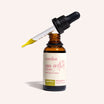
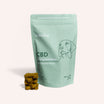
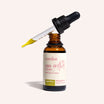

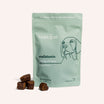
![Probiotics For Dogs [Soft Chews] - HolistaPet](http://www.holistapet.com/cdn/shop/files/Probiotic-Infographic-1_472d7a29-e30c-435a-9638-1365d8c3a9f9.jpg?v=1725384841&width=104)
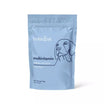
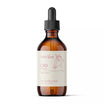

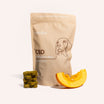
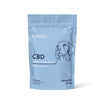


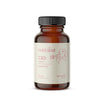
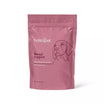
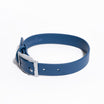
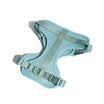
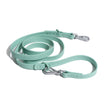
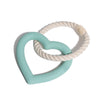
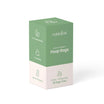
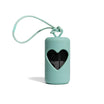


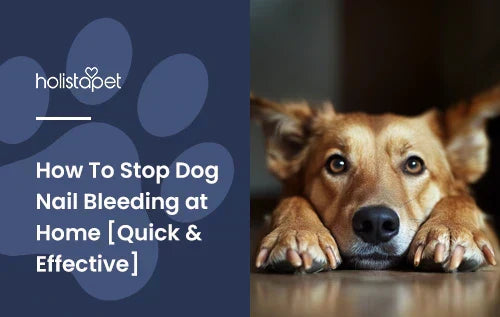
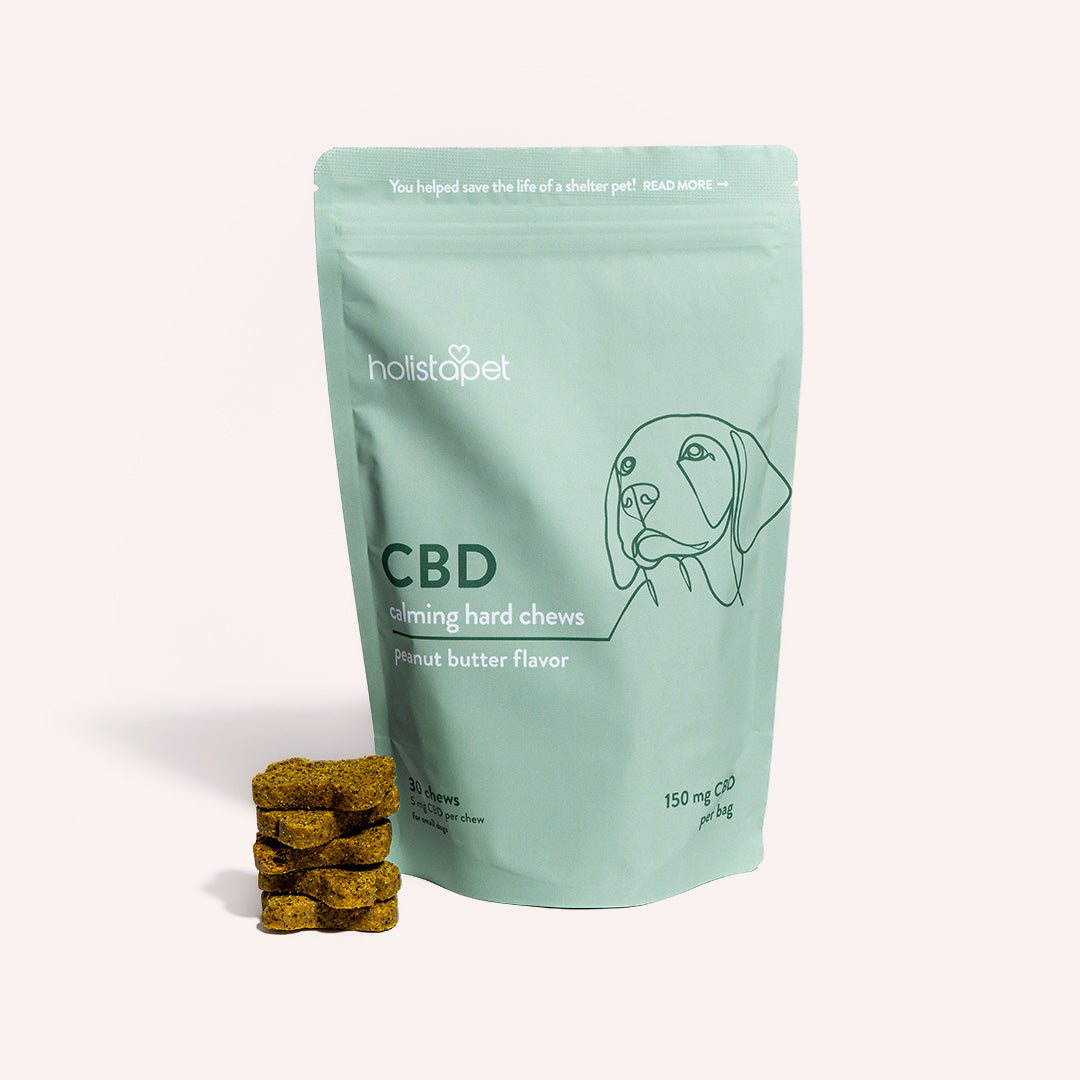

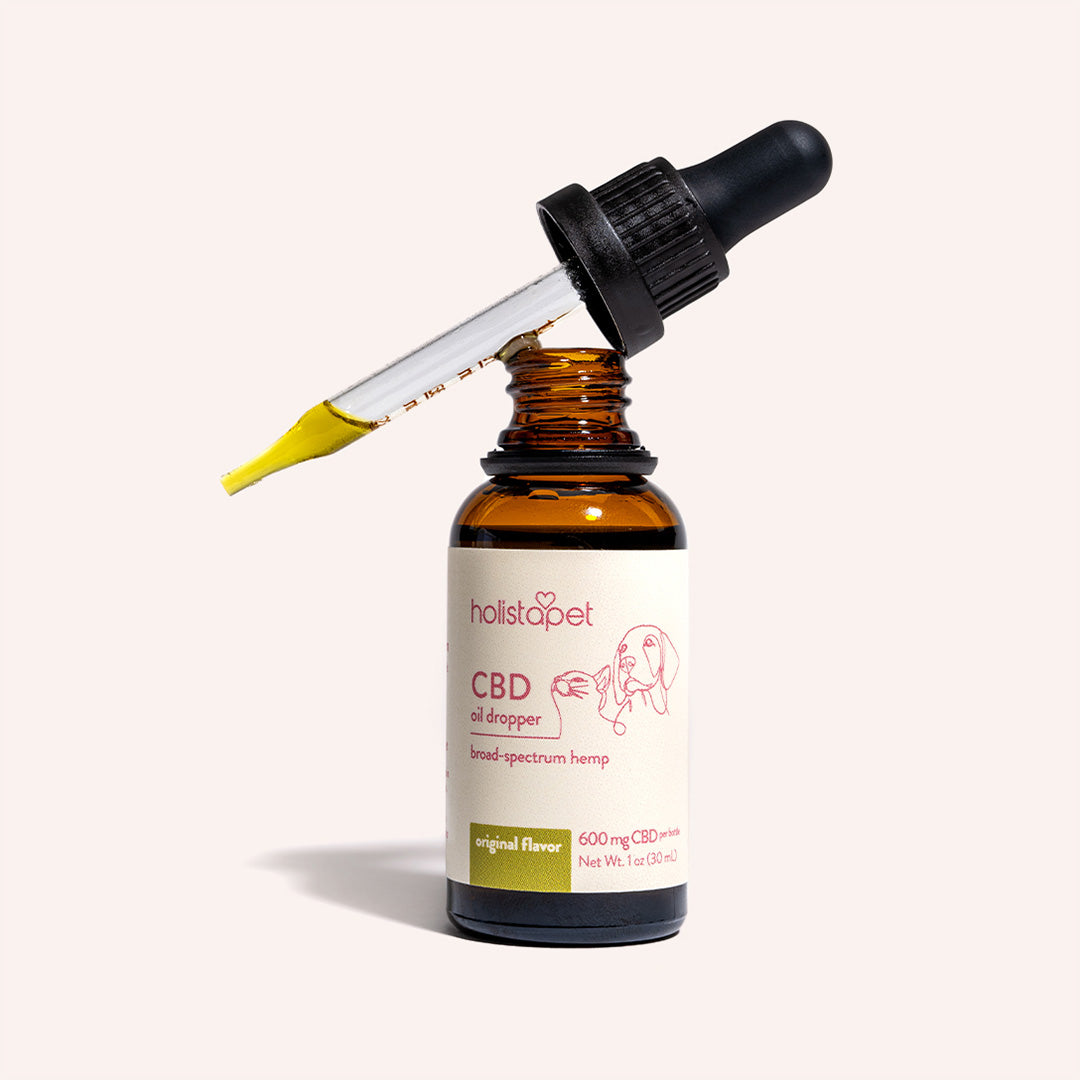
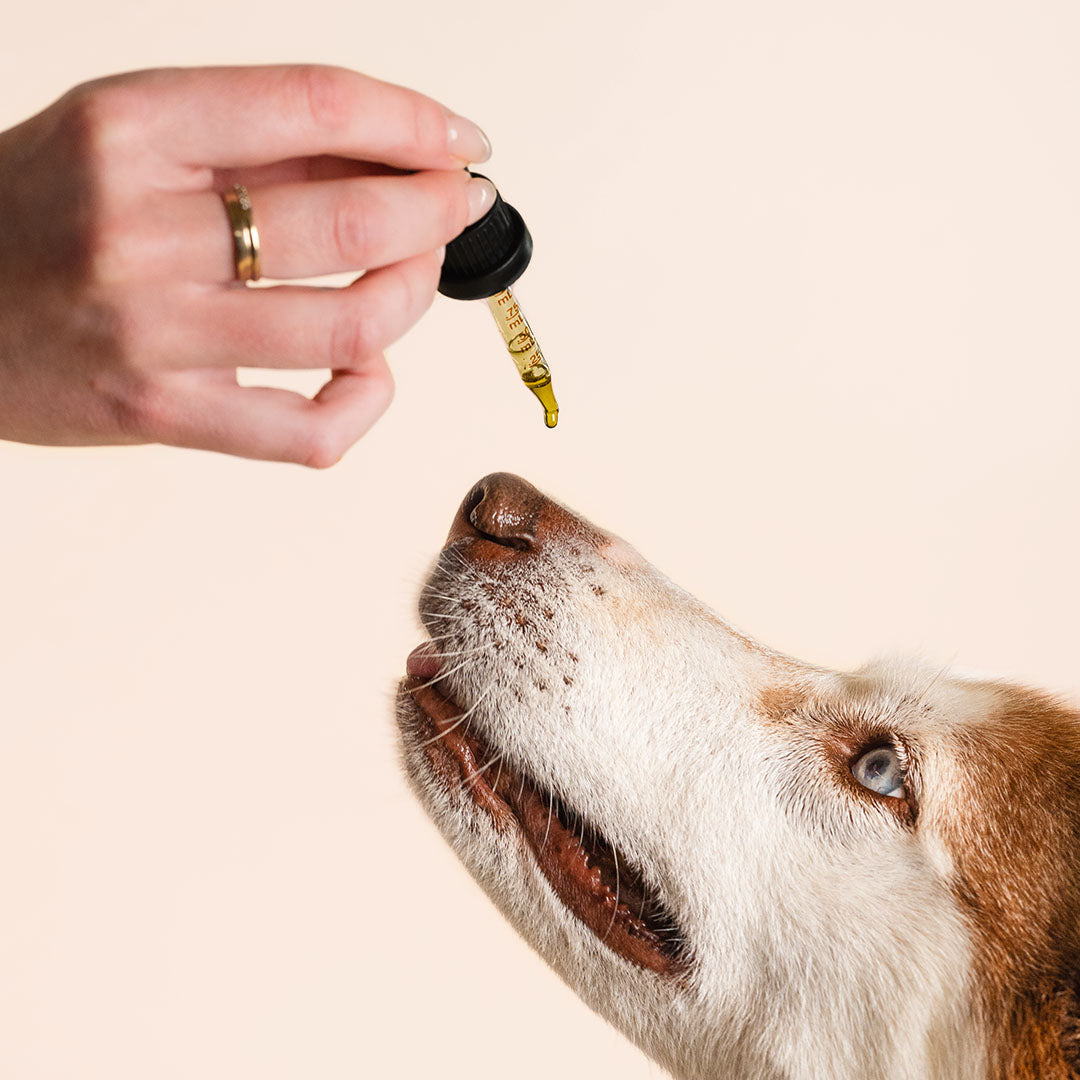


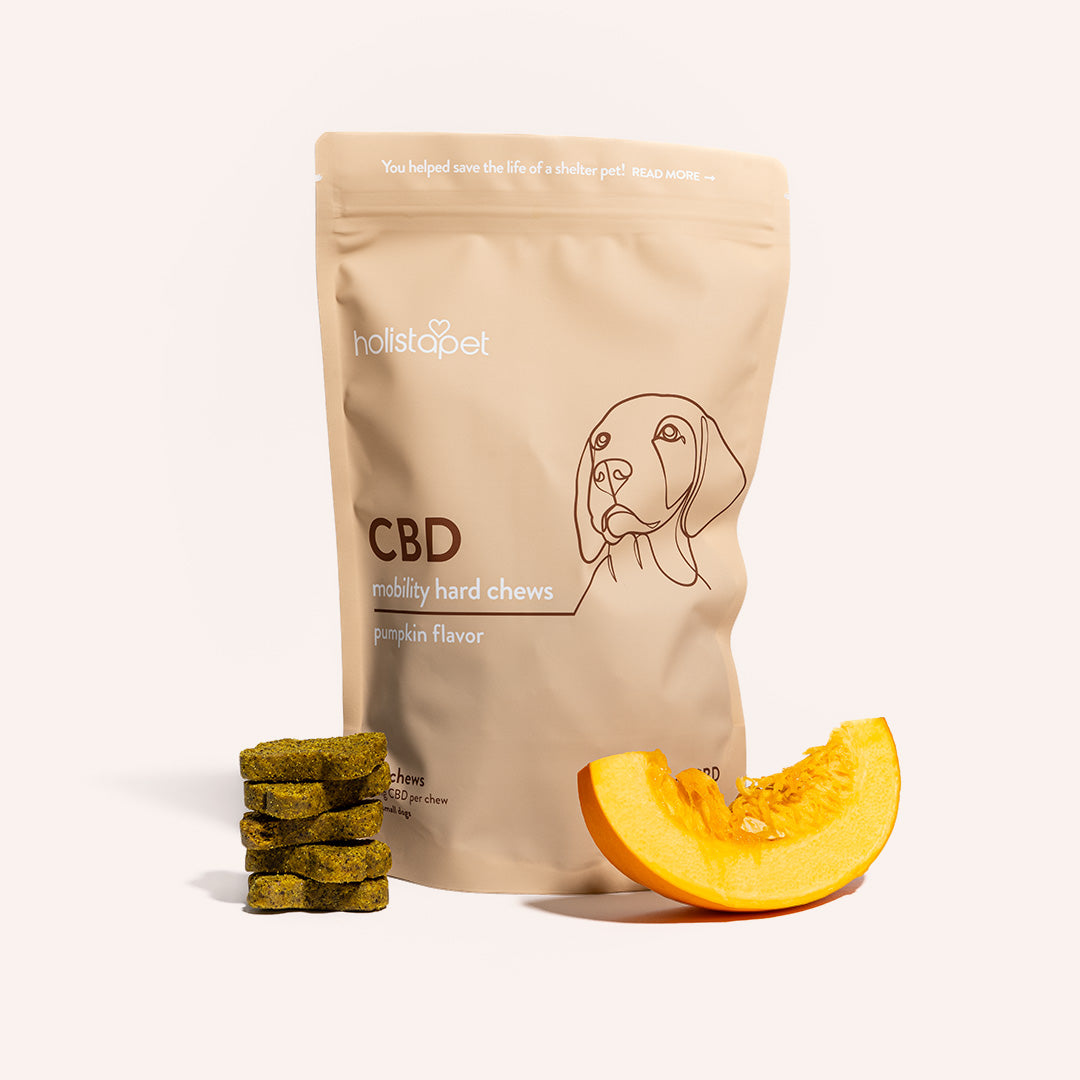


Leave a comment
All comments are moderated before being published.
This site is protected by hCaptcha and the hCaptcha Privacy Policy and Terms of Service apply.